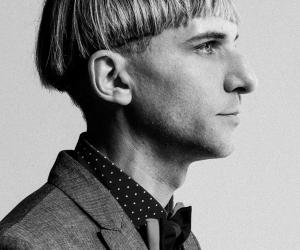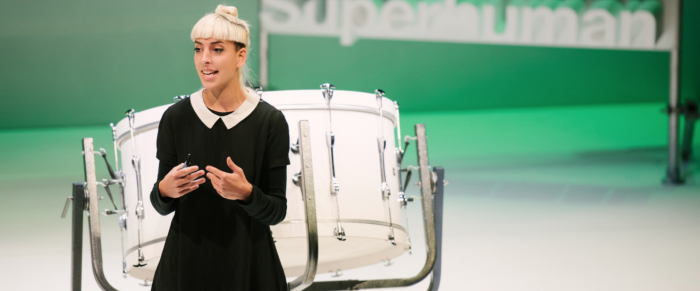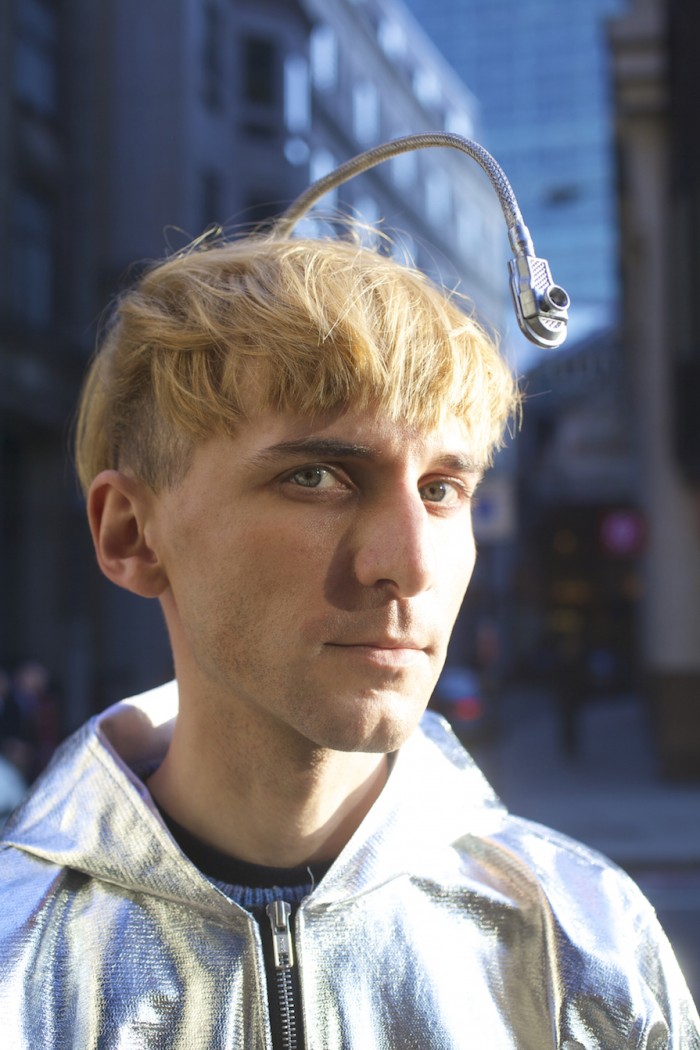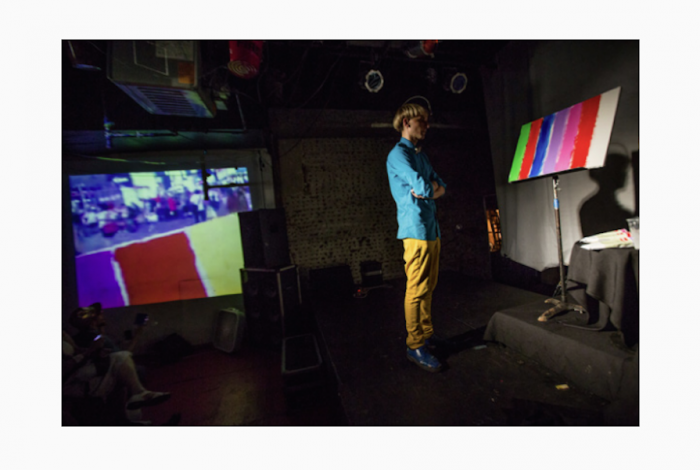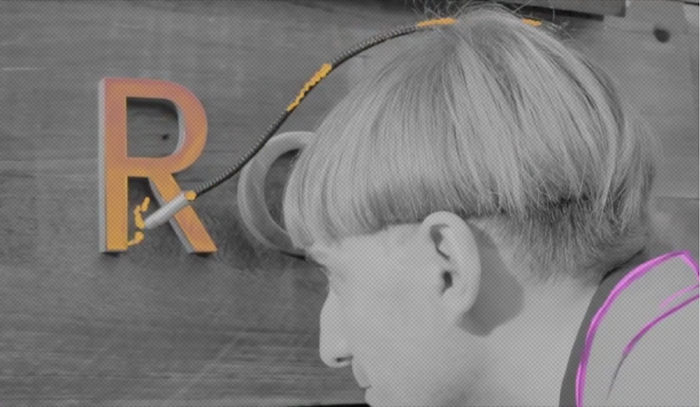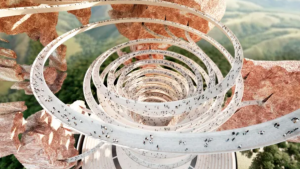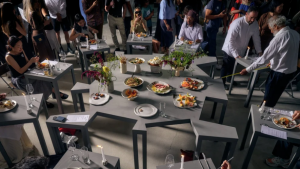From the Series
Designers Neil Harbisson and Moon Ribas have more than years of friendship in common. They are part of a new kind of trans-species, called Cyborgs. They've extended the physical abilities they were born with beyond human limits.
Harbisson, who was born colour blind, has an antenna implanted in his skull that allows him to perceive colour through audible vibrations with the help of an internet connection. Ribas, on the other hand, has a seismic sensor implanted in her feet that allows her to feel tectonic plates shifting when there is an earthquake.
Together, they both combine art and technology to explore human perception and technology’s relationship with nature.
“Becoming technology, instead of using or wearing technology, opens up the possibility of having additional organs and senses beyond the ones connected to our species,” says Harbisson.
“By merging ourselves with the technology we can become the designers of our own body and perception, and we can increase our survival possibilities in the earth and in outer space. Are we witnessing the renaissance of our species?”
In Harbisson’s project, a Skull Transmitted Painting, he showcases how his implant actually functions as he develops a connection between sight and sound to create two identical paintings at the same time.
“For this, you would have one white canvas in a special location and another white canvas in front of Harbisson. We would ask members of the audience to start painting on one canvas and then send the colours that they are using directly to Neil’s head,” reads the description of the project.
Once Harbisson was able to sense these colours he was able to paint it on his own canvas with help from the internet.
In another project, called Space Concert, the cyborg connects his antenna to NASA’s live satellite stream. From this, he transformed the colours of space in sound. “The aim of the piece is to share the experience of orbiting around the world via extrasensory perception,” he explains.
In Ribas’ work, you will see more of a deep connection with the earth and how it works together with technology and her love of performance art. In the beginning, the cyborg actually developed her seismic sensor to drive technology closer to nature.
When it comes to her performance pieces, Ribas now explores a new realm of stage performance due to her seismic sensor implant. With the implant, she is able to translate the earthquake vibrations into a visual experience for viewers.
“The magnet allows me to feel vibrations inside the body. The nice thing is that our senses don’t have to perceive things that are close to using anymore. We can feel things that are happening on the other side of the planet and even outer space,” said Ribas in an interview with Mask.
Some of her projects include a drum solo performance, called Seismic Percussion in which the rhythm of the piece is dictated by the rhythm of the tectonic plates. This performance by Ribas looks to Earth as the composer of the piece.
“It’s a piece that transposes the seismic activity that occurs in our planet into sound, into a musical composition that allows the audience to connect with the heartbeat of the planet, earthquakes,” she explains.
Another one of her projects, Waiting for Earthquakes is a dance piece based on the interaction between the movement of the earth and herself. During this piece, she waits for the earthquake to take place, which according to Ribas occurs more often than people think.
“In general there are small earthquakes every 6-12 minutes, if there are no earthquakes during the time of the performance there will be no dance,” she says.
The piece is a duet, where the planet dictates the tempo and the intensity, and Moon interprets it. The piece makes the audience feel a direct connection to the planet.
When Harbisson and Ribas are not working on performance art pieces they are heading the Cyborg Foundation which they founded in 2010. This is an international organisation that aims to help humans become cyborgs, defend cyborg rights and promote cyborg art.
From all the activism done, Harbisson recently became the first ever cyborg to be recognised by a government.
Harbisson and Ribas will be speaking at the 2019 Design Indaba Conference alongside various industry heavyweights. The conference will take place in Cape Town from 27 March to 1 February and will feature talks surrounding business, technology and creativity.
Find out more about the 2019 Design Indaba Conference and book your tickets now!
Read up on announced speakers or see the full programme
Poet Lemn Sissay to speak at Design Indaba in Cape Town
Fjord’s Olof Schybergson to speak at Design Indaba Conference 2019
South African artist Faith XLVII returns to Design Indaba Conference



